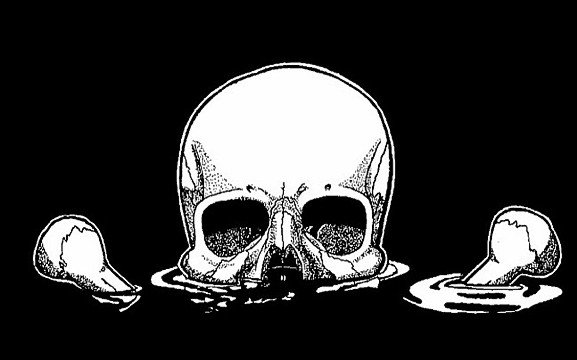Immediately after SOPA was shelved (after an unprecedented blackout) Google started to run afoul of many government agencies and found itself under a number of investigations for alleged law breaking. Oddly enough Google made the public statement that it would not be directly involved in future protests against laws like SOPA or PIPA. After this decision some of the initial issues were dropped (like the Street View wireless data collection).

We really do not believe in coincidences and have a feeling that the data that Google is now releasing is nothing more than a promise kept. They are talking about transparency, but we are not sure who is served by these numbers. Yes they are important and should be available, but considering that we are moving into a new round of legislation about Intellectual Property protection and might see the resurgence of SOPA next year this move is highly suspicious.
Accordingly what the data looks like is a great tool to show how piracy is growing larger and how there is a need for more restrictive laws. Let’s take a look at the data. On the surface it seems harmless. There is a listing of reporting organizations, copyright owners and targeted domains. Now, what we are seeing here is that the list shows the number of “requests” put in by companies or their reporting agencies. As we know not every request is valid. We have seen takedown requests filed for material that the requestor did not own. We have seen takedown orders for sites that were not infringing anything.

In fact if you look at the top targeted domains each one represents less than .1% of the total requests… So what are all the numbers about? Even drilling down we cannot find the specifics about the requests but in many there are multiple domains that are hit. We have a feeling that some of these are blanket requests by the same service, the copyright holder and all targeted at the same domain. We found something like this while looking through the requests.

So without knowing the products, actual URLs and the number of times that requests were duplicates or the number of times the requests were inaccurate this data is actually useless for tracking online piracy or its trend. It is great for someone that wants to try and prove that piracy is growing, but really nothing else. So we are sure we will see this data pop up again in the next round of laws that try to put controls on the Internet in the name or protecting copyright, national security and whatever else they can try to throw in.
You can see the new Transparency Report for yourself.
Discuss this in our Forum

 So Google is now adding a listing of takedown requests to their transparency report to show that they are working with copyright holders and the government in the war on piracy. If you remember back in the days of SOPA and PIPA Google was one of the only companies that was allowed to speak at hearings about the terribly written law. At the time Google was accused of only being interested in search revenues and of hindering efforts to combat piracy online.
So Google is now adding a listing of takedown requests to their transparency report to show that they are working with copyright holders and the government in the war on piracy. If you remember back in the days of SOPA and PIPA Google was one of the only companies that was allowed to speak at hearings about the terribly written law. At the time Google was accused of only being interested in search revenues and of hindering efforts to combat piracy online.

